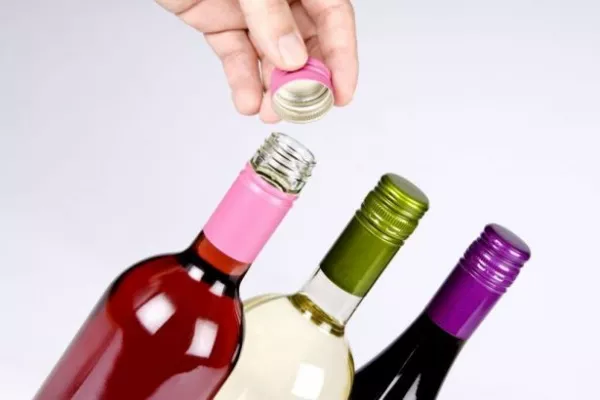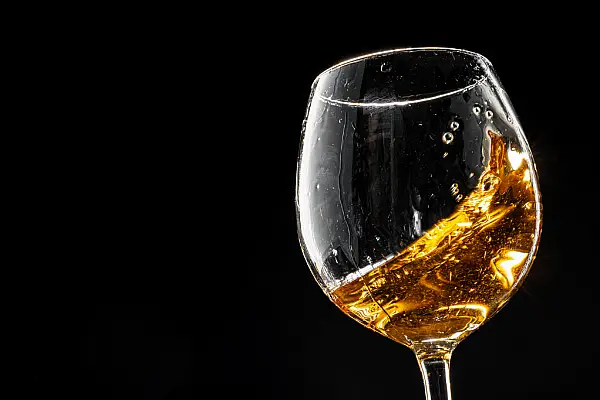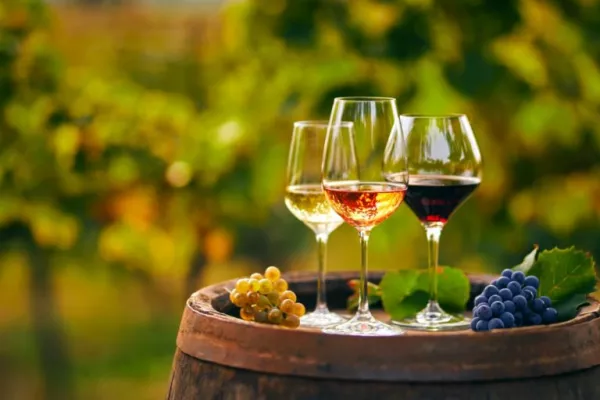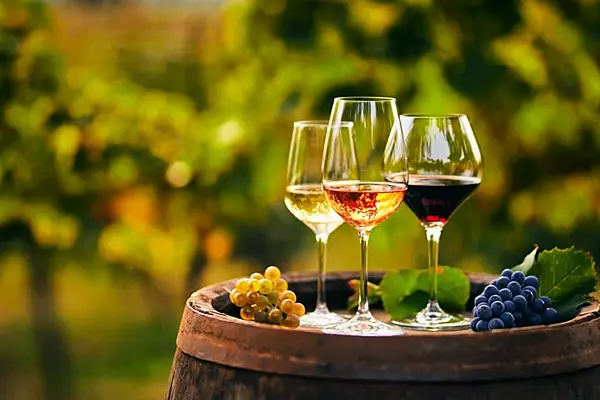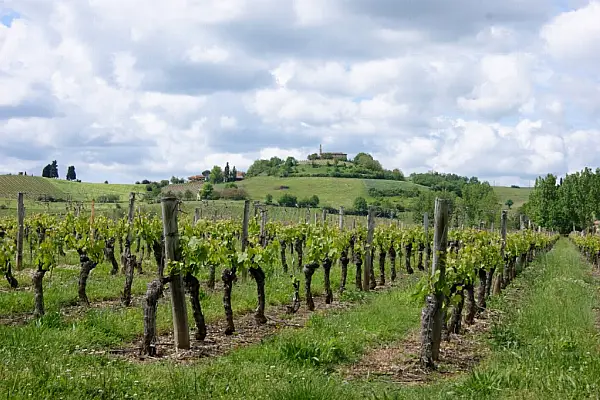You're standing in a wine shop, facing long shelves displaying hundreds of wines and trying to decide what to buy. Do you grab the bottle whose hip, clever label grabs you? If you’re like just about everyone, the answer is yes.
Face it: You know that’s not necessarily the way to get the best wine.
A wild label may be way more entertaining than the actual wine inside—overcompensating for it, even. And the liquid lurking behind an ugly label may be a fabulous red or white.
Of course, my idea of a terrible label may not coincide with yours. I assume those featuring cute animals, colorful trucks, little black dresses, or cheesy photographs of women’s legs are fronting for unsophisticated, easy drinking, generic plonk. Mostly, they are.
High octane Zinfandels are especially prone to shudder-inducing labels. Take Zombie Zin, which sports an image of a dark skull topped with spikes of red hair that would be perfect to kick-start a Hell’s Angels party. Or consider cheapie Plungerhead Old Vine zin with a Monty Python-esque label that must seem weirdly humorous to some.
A surprising number of great wines have stodgy, traditional labels. No one would give a design award to pricey Château Lafite Rothschild’s low-key packaging, which features a dull 19th century engraving of the château.
Still, for decades, wine labels everywhere aped European models: Bordeaux’s stately drawings of châteaux, Burgundy’s simple lines of text, Italy’s crests and shields, Germany’s overstuffed landscapes.
Now there’s an effort to get arty, as if a work by a well-known artist is a tip-off to a pricey, serious-quality wine. Château Mouton Rothschild was the first to commission a different artist each year to dash off something for the label, but the artist’s fame doesn‘t necessarily match vintage quality. A Picasso graces 1973, a notoriously bad year.
The latest idea is the whole-bottle design approach of the VIK winery in Chile for its recently released plush red, La Piu Belle. The bottle is encased in a sleeve of art created to interpret the wine’s name.
The underlying aesthetic of label images is not just “notice me”; it also is supposed to be a cue to the style, quality level, and yes, the cost of the wine inside.
At the VinExpo wine and spirits trade fair in Bordeaux last month, I encountered some surprising labels, from a bottle of Provence rosé designed by a tattoo artist to an expensive champagne in a shiny, black, carbon-fiber bottle that took six days to create and looks luxurious in an ice bucket. In both cases, the package is better than the wine.
Here are six delicious wines that come in bottles with awful labels. No problem: Just serve them in decanters:
2012 Melka Wines CJ ($75): Philippe Melka is one of Napa’s top winemaking consultants (Dana Estates, Gandona, Seavey, and 20 additional wineries). This deep, sumptuous cab blend is one he makes at his own estate, and it’s bursting with generous, dark fruit. But the winemaker’s eyes creepily staring out from the label seem to say, “Who are you to judge my wine?”
2014 Prisoner Wine Company Blindfold ($32): Last year giant wine company Constellation Brands bought Prisoner’s five labels for a reported $285 million. This one is a satiny white blend, mostly chardonnay and viognier, with honeysuckle aromas and fruit salad flavors. The lush taste is the complete opposite of the pain-and-suffering label, with a Goya-esque image of a blindfolded prisoner tied to a stake. How one can think positive thoughts about the contents after looking at it, I have no idea.
2014 Component Cabernet Franc ($145): Former super-somm Michael Hill Kennedy II, who managed wine programs for the Ritz Carlton restaurants in the Cayman Islands, founded this company in Napa in 2016. Most top reds in Napa are blends; Kennedy is a boutique negociant sourcing individual components of posh, cult brands and bottling them as 100 percent varietals. This one is smooth, scented, and seamless. But you’d never know it from the single smudge-dot label, which looks like a color test pattern for a malfunctioning computer printer.
2014 Ken Wright Cellars Savoya Vineyard Pinot Noir ($62.50): Wright is an Oregon pinot master, and this single vineyard bottling is one of his best: floral, spicy, with notes of cranberry, pomegranate, and leather. The woeful, depressing scene on the label shows winter pruning on the dark days of winter, but it makes me think of starving farmers during the Irish potato famine. Sad.
2015 Gut Oggau Timotheus ($60): This winery in Austria’s Burgenland, near the Hungarian border, makes elegant, lively, natural wines from biodynamically grown grapes. Try not to be turned off by the portrait on this white blend of grüner veltliner and chardonnay, which to me resembles an aging portly sales manager. The Oggau estate has invented a fictitious family to express the taste personalities of its wines, assigning each wine a face, name, and story. Doesn’t work for me.
2015 Some Young Punks “Monsters Monsters Attack!” Riesling ($25): The contrast between this round, fragrant, spicy Australian riesling from the renowned Clare Valley and the kitschy, “scary” label is a total disconnect for me. The wine is far-higher quality than I would have guessed from the image, even if it has a zany hipster appeal. Don’t serve it by candlelight on a first date.
News by Bloomberg, edited by Hospitality Ireland
